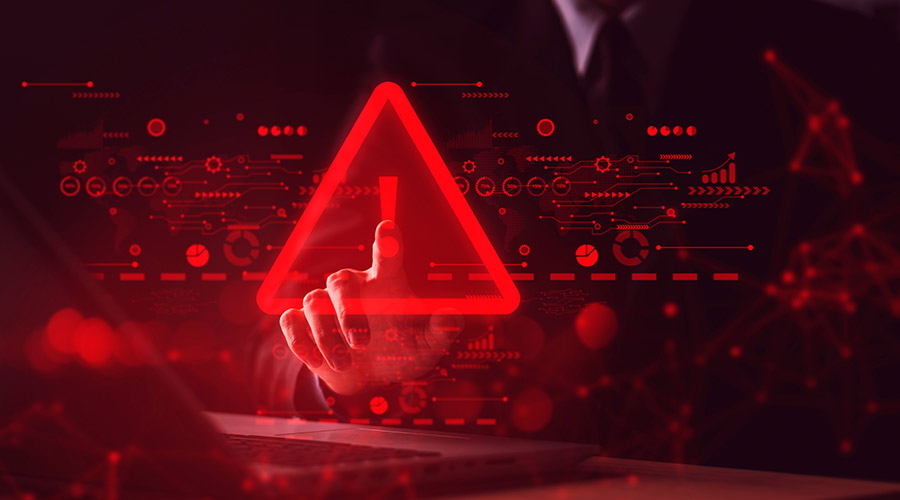As the COVID-19 pandemic is proving all too well, facility managers never know just where and how an emergency might occur. That’s why disaster recovery and emergency preparedness plans need to be broad-based and comprehensive – to prepare for any possible emergency. That said, managers know their facilities best, and they understand both the vulnerable areas and the key operations that must be protected. Among the highest of the high priorities in hospitals is the IT system – the backbone of many organizations.
Security experts maintain that cybersecurity disaster recovery plans are essential, according to EC-Council. These plans define the mode of response to take, which helps establish open communication among stakeholders, ensuring a fast recovery once attacks occur. Understanding the way cybersecurity and disaster recovery plans work together is important because it minimizes the damage from attacks. Managers can choose from an array of cybersecurity disaster recovery plans based on their organizations’ specific needs..
Consider data centers. These plans cover the whole infrastructure that houses the data center and not just the computing facility it is housed in. The tools and characteristics within the infrastructure like support personnel, physical security, utility providers, HVAC, backup power, and even fire suppression — all have an impact on the data center. If any type of outage occurs, these features and tools within the infrastructure are expected to work efficiently.
Click here to read the article.

 Healthcare Real Estate: Challenges and Industry Shifts for 2025
Healthcare Real Estate: Challenges and Industry Shifts for 2025 Geisinger to Build $32 Million Cancer Center in Pennsylvania
Geisinger to Build $32 Million Cancer Center in Pennsylvania Sunflower Medical Group Experiences Data Breach
Sunflower Medical Group Experiences Data Breach Strategies to Eradicate Biofilm Containing C. Auris
Strategies to Eradicate Biofilm Containing C. Auris Man Attacks Nurses, Police Officer at Jefferson Hospital
Man Attacks Nurses, Police Officer at Jefferson Hospital